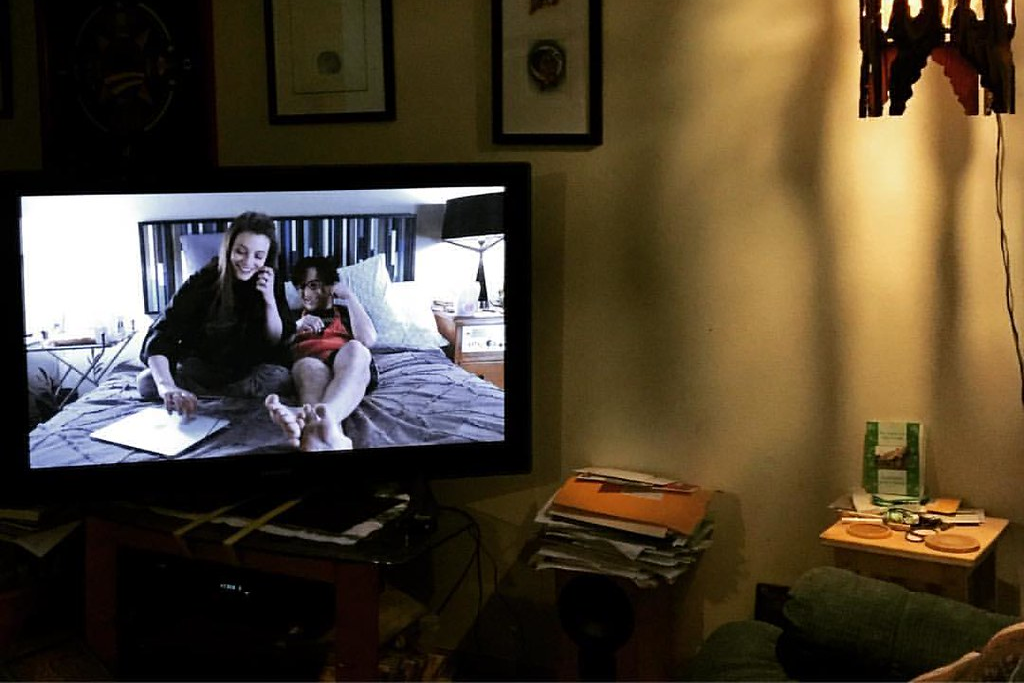Globally, the way people consume media has been completely transformed by streaming services.
People can now enjoy movies, TV shows, documentaries, and music conveniently and on demand thanks to the abundance of content at their disposal.
Even though streaming services have significantly changed how people consume media in general, their effects on marginalized communities, like the deaf population, are often overlooked.
This article examines how streaming services have affected the way deaf people consume media in Ethiopia, demonstrating how technology is transforming how deaf people access entertainment.
Accessibility Features in Streaming Services
The availability of accessibility features is one of streaming services’ most important benefits for the deaf community.
To help the deaf understand the content, closed captions and subtitles provide text-based representations of dialogue, sound effects, and other audio elements.
There is a sizable selection of captions and subtitles available on many streaming services, including Ethiopian sign language.
With this feature, Ethiopians who are deaf can now access a variety of previously unavailable content.
Availability of Deaf-Friendly Content
In addition to making media accessible to the deaf community, streaming services have been essential to the creation and dissemination of deaf-friendly content.
It used to be difficult to find content that catered to the particular requirements and interests of the deaf audience.
But as streaming platforms have grown in popularity, there has been an increase in the production of deaf-focused shows, films, and documentaries that highlight sign language, deaf culture, and the experiences of deaf people.
Such material promotes inclusivity and understanding by entertaining while also educating viewers and raising their awareness of the deaf community.
Breaking Language Barriers
For the deaf community, language barriers have been a significant barrier to media access.
The primary form of communication for Ethiopia’s deaf population is Ethiopian Sign Language, which is different from other spoken languages like Amharic or English.
By providing content in a variety of languages, including Ethiopian Sign Language, streaming services have contributed to the removal of these language barriers.
Streaming platforms have made it possible for deaf people to interact with the media on their own, without the need for interpretation or translation services, by providing access to content in sign language.
Enhancing Social Connection
Streaming services now serve as social networking hubs for the deaf community in addition to being sources of entertainment.
Due to the relatively small size of the community, Deaf people frequently struggle to find peers who have comparable experiences and interests.
However, through online communities and forums focused on streaming services, deaf people can interact with others, talk about their preferred television shows or films, and create deep connections.
The social fabric of the deaf community is strengthened by this sense of belonging and shared experiences, which also lessens feelings of loneliness.
Flexibility and Convenience

For Ethiopians who are deaf, streaming services’ convenience and adaptability have changed the game.
The lack of accessibility features in traditional television broadcasts and the scarcity of sign language interpreters at live events further impede accessibility to entertainment.
However, with streaming services, people who are deaf can pick the media they want to watch or listen to and when they want to.
They can alter the font size and color of captions, as well as the playback speed, to suit their preferences. They can pause, rewind, or replay scenes to catch forgotten details.
Deaf people can enjoy a personalized and immersive entertainment experience thanks to this degree of control over their media consumption.
Education and Learning Opportunities
The deaf community in Ethiopia now has access to new educational and learning opportunities thanks to streaming services.
The availability of documentaries, educational materials, and language learning programs enables deaf people to increase their knowledge and proficiency in a variety of fields.
Also, streaming services give users access to a sizable library of foreign-language media, allowing deaf people to learn various sign languages and deepen their understanding of other cultures.
Empowering Deaf Content Creators
Streaming services have given deaf people more power as content producers as well as consumers.
Deaf creators now have the chance to share their stories, perspectives, and talents with a large audience thanks to the growth of user-generated content platforms and streaming services that support independent production.l.
A thriving community of deaf content creators has emerged in Ethiopia as a result of this increased accessibility, allowing them to share their talent, dispel myths, and improve the representation and visibility of the deaf community.
Advocacy and Awareness
Streaming services have developed into effective tools for advocacy and public education regarding the needs and rights of the deaf community in Ethiopia.
Important social issues affecting the deaf community can be brought to light through documentaries, movies, and TV shows that are accessible on these platforms, helping to foster understanding, empathy, and social change.
Additionally, streaming services can act as forums for debates, educational programs, and campaigns that seek to advance deaf people’s inclusion, accessibility, and opportunity in all facets of society.
Conclusion
Clearly, the way deaf people access and participate in entertainment has changed a lot as a result of streaming services in Ethiopia.
Streaming platforms have improved media accessibility and inclusivity for the deaf community by integrating accessibility features, making deaf-friendly content available, and removing language barriers.
These services have also improved social interactions, offered flexibility and convenience, and increased deaf people’s access to educational opportunities.
The needs of marginalized communities must be acknowledged and given top priority as technology develops in order to guarantee that everyone can take advantage of streaming services.
We can maintain inclusivity and equality in the area of media consumption for deaf people in Ethiopia and elsewhere by leveraging the power of technology.
For those who are looking for additional support, Unspoken Language Services offers interpreting services to help bridge the communication gap between the deaf and hearing communities.
Thumbnail Photo Credit to: Photo by c-u-b

